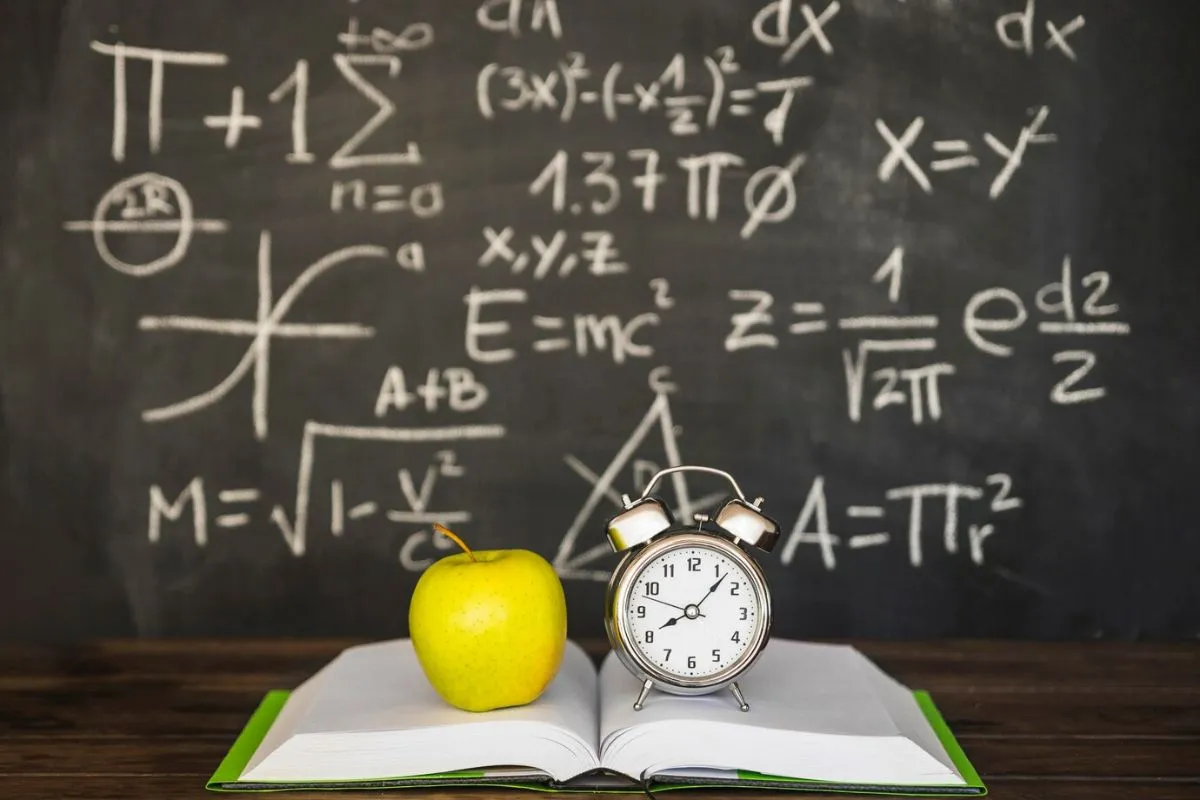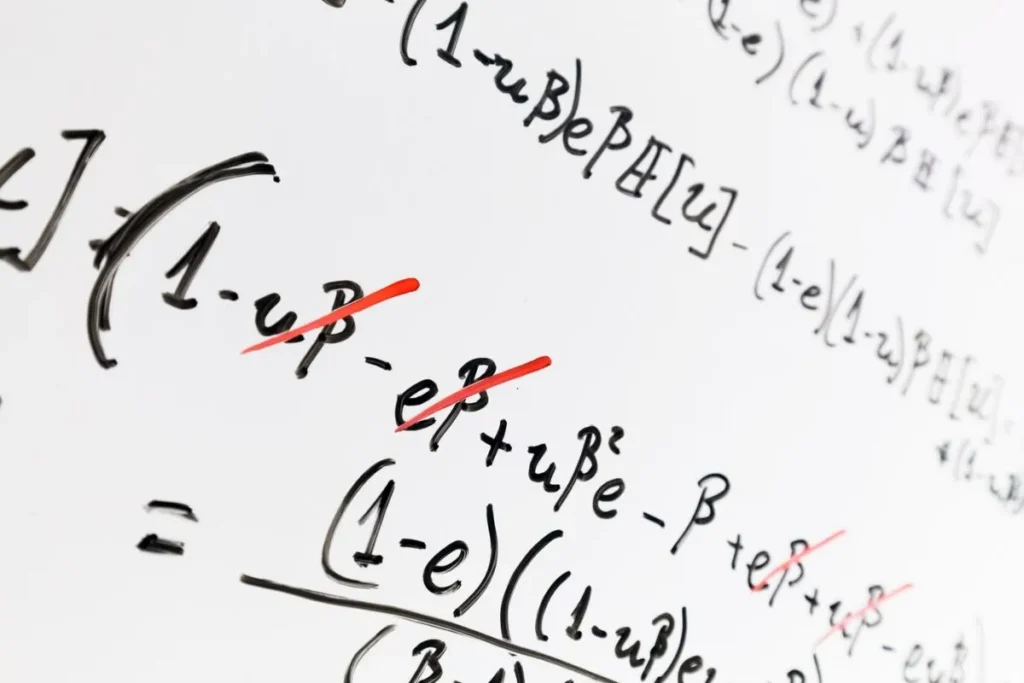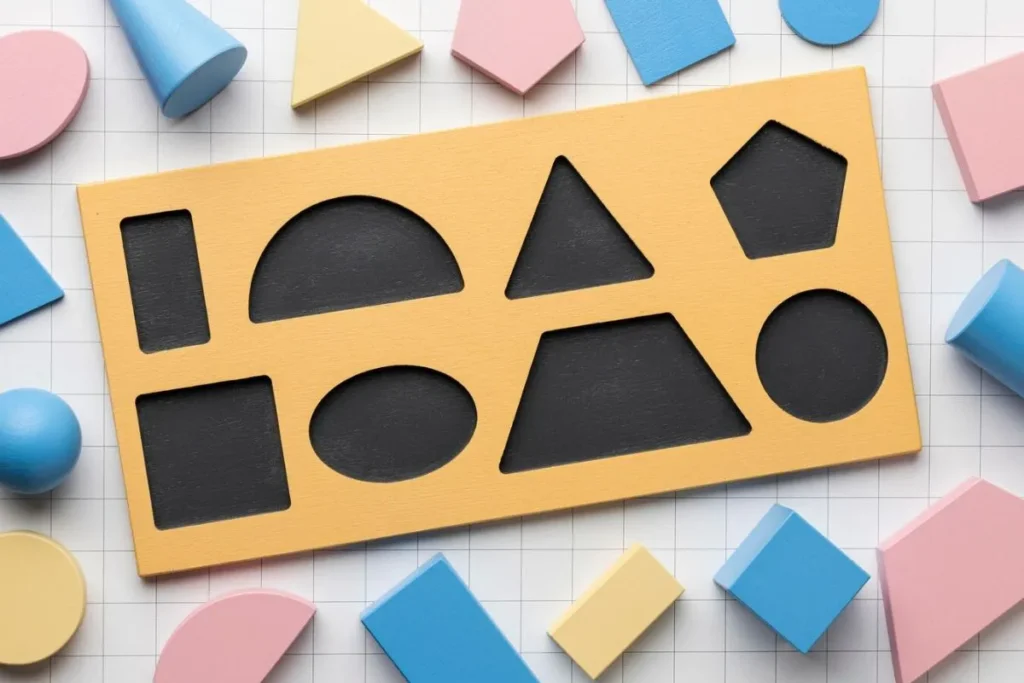Generating Art Using Mathematical Chaos Theory is a captivating fusion of science and creativity. Chaos theory, a branch of mathematics, finds intriguing application in the realm of art. This article delves into the nuances of mathematical chaos and its artistic implications.
Mathematical chaos provides a unique lens for generating art. Artists leverage the unpredictability of chaotic systems to create stunning visual masterpieces. The intersection of art and mathematical theory offers endless possibilities.
This exploration is crucial for understanding how Generating Art Using Mathematical Chaos Theory transforms chaos into beauty. Stay tuned as we unpack the theories and creations birthed from this fascinating confluence.
The Foundations of Chaos Theory
Chaos theory studies the behavior of dynamical systems highly sensitive to initial conditions. Often referred to as the butterfly effect, it suggests that small changes can lead to significantly different outcomes. This principle underpins much of the generating art using mathematical chaos theory.
Systems governed by chaos theory, like weather patterns or population growth, exhibit unpredictability despite deterministic rules. This predictability within unpredictability is a hallmark of mathematical chaos.
In the context of art creation, chaos theory provides a mathematical framework to generate complex, beautiful patterns. Artists use algorithms derived from chaos theory to render images that appear natural and spontaneous.
Applications of Chaos Theory in Art
The application of mathematical chaos in art isn’t merely theoretical; it has practical implementations. Artists utilize software to simulate chaotic systems and produce intricate artworks. These artworks often feature fractals, strange attractors, and other structures emblematic of chaos theory.
Fractals, for instance, are self-similar patterns observed at different scales. They are prominent in generating art using mathematical chaos theory. These intricate shapes can be endlessly zoomed into, revealing more details at each level.
Moreover, chaotic attractors serve as a guide in generating visually arresting pieces. By plotting the outcomes of chaotic equations, artists can create dynamic and unpredictable patterns, resulting in unique art pieces.
Software and Tools for Generating Chaos Art
Several software tools enable artists to harness chaos theory for art creation. Programs like Apophysis, Chaoscope, and Fractint are popular choices among chaos artists. These tools offer sophisticated algorithms capable of rendering vividly detailed fractals and chaotic patterns.
Apophysis, for instance, is a free and open-source fractal flame editor providing an intuitive interface. It allows users to explore and manipulate fractals, facilitating the creation of complex artistic designs. Similarly, Chaoscope specializes in 3D fractal rendering, expanding the possibilities of chaos-based art creation.
Additionally, programming languages like Python and MATLAB are employed to script custom chaotic patterns. Python’s libraries, such as NumPy and Matplotlib, offer powerful functionalities for modeling chaotic systems.
Artistic Concepts in Generating Chaos Art
Generating art using chaos theory isn’t only about the scientific underpinnings; it involves a significant artistic vision. By embracing the unpredictability of chaotic equations, artists can break free from traditional art boundaries.
An essential concept is the balance between order and chaos. Artists strive to find the middle ground, achieving harmony between structured patterns and random variations. This balance is critical in ensuring that the artwork is both mathematically intriguing and visually appealing.
Color theory also plays a pivotal role in generating art with mathematical chaos. By applying various color schemes to chaotic patterns, artists can emphasize depth, movement, and texture in their works.
Chaos Theory and Aesthetics
Aesthetics in chaos-based art is a nuanced area. Artists need to consider the emerging forms from chaotic systems, which often mimic natural phenomena like clouds, coastlines, or galaxies. These forms must be aesthetically pleasing while maintaining their chaotic essence.
Moreover, the interpretation of chaos art can vary significantly among viewers. The random yet structured nature of chaotic patterns invites different perspectives and emotional responses, adding a layer of depth to the artwork.
Overall, the aesthetic application of mathematical chaos enriches the visual experience, making chaos art a profoundly embedded form of creative expression.
The Role of Randomness in Art Creation
Randomness is a core element in generating art using chaos theory. By incorporating stochastic processes, artists introduce unpredictability into their creations. This randomness can emulate spontaneity and originality, often seen in nature.
However, the randomness in chaos art is controlled and deliberate. Artists leverage randomness to craft pieces that appear natural yet comply with the abstract principles of mathematical chaos. This approach parallels the unpredictability found in natural systems.
Thus, randomness becomes a tool for artistic exploration, providing a fertile ground for innovation and creativity. It blurs the lines between science and art, yielding captivating results.
Real-World Examples of Chaos Art
Several artists have made significant strides in generating art using mathematical chaos theory. Their works exemplify the practical application of chaos theory in art creation, showcasing the interplay between mathematics and aesthetics.
One notable example is the work of algorithmic artist Tom Beddard. Beddard’s fractal artworks are renowned for their complexity and beauty. His pieces often explore the depths of fractal geometry, creating intricate and mesmerizing visuals.
Another prominent figure is Jesse Lee Stout, known for integrating chaotic patterns into motion graphics. Stout’s animations leverage chaotic systems to produce visually dynamic sequences, revealing the versatility of chaos art.
Exhibitions and Popularity of Chaos Art
The popularity of chaos art has soared, with numerous exhibitions dedicated to showcasing works derived from chaos theory. Art galleries and museums worldwide have embraced this unique fusion of mathematics and art.
For instance, the “Beauty in Chaos” exhibition featured a range of artworks created using chaotic algorithms. This exhibition highlighted the diverse applications of chaos theory in art, from digital prints to interactive installations.
Overall, the acceptance and admiration of chaos art in mainstream art circles underscore the growing recognition of mathematical chaos as a legitimate and powerful medium for art creation.
Impact on Digital and Contemporary Art
Chaos theory has left an indelible mark on digital and contemporary art. Artists in these genres frequently explore chaotic patterns, pushing the boundaries of traditional art through technology and innovation.
Digital artists utilize software to experiment with chaotic systems, generating artworks that defy conventional aesthetics. The flexibility and precision afforded by digital tools make them ideal for exploring mathematical chaos.
In contemporary art, the fusion of chaos theory and artistic expression has led to groundbreaking installations and performances. Artists are increasingly inspired by the unpredictable nature of chaotic systems to craft immersive and thought-provoking experiences.
Conclusion: The Future of Chaos Art
The future of generating art using mathematical chaos theory is bright, with endless potential for innovation. As technology advances, the tools and methods for exploring chaos in art will become more sophisticated.
Artists will continue to push the boundaries, harnessing the power of chaos theory to create breathtaking and unique pieces. The fusion of science and art promises to yield even more mesmerizing creations in the years to come.
Embrace the unpredictability and beauty of chaos art. Dive into the world of mathematical chaos and discover the limitless possibilities it offers for creative expression. Let chaos be your muse and guide in your artistic journey.
Frequently Asked Questions
What is mathematical chaos theory?
Mathematical chaos theory is the study of dynamical systems highly sensitive to initial conditions, leading to seemingly random and unpredictable outcomes.
How do artists use chaos theory in art creation?
Artists use algorithms and software tools to generate patterns and forms based on chaotic systems, creating intricate and visually stunning artworks.
What tools are used for generating chaos art?
Popular tools include Apophysis, Chaoscope, and programming languages like Python and MATLAB, which allow artists to model and render chaotic patterns.
What are fractals in the context of chaos art?
Fractals are self-similar patterns observed at various scales, often used in chaos art for their intricate and endlessly detailed structures.
What is the future of chaos art?
The future of chaos art looks promising with advancements in technology. Artists will continue to explore and innovate, creating more complex and captivating works.




